Details
| University Location | Melbourne, Victoria |
|---|---|
| City Population | 5.3 million |
| Student Population | 86,000 |
| Int'l Student Population | 30,000 |
| Main Campus | Clayton |
| Program Campus | Gippsland Campus, Churchill (approx 160 km southeast of Melbourne) |
| Program Duration | 4 years |
| Estimated Annual Tuition | AUD$97,700 (2025 fees; subject to increase) |
| Semester Intake | February |
| Next Available Intake | 2026 |
| Application Deadline | June 26, 2025* |
| International Places | 30 |
Overview
Monash University has achieved national and international reputation for research and teaching excellence and is ranked in the top 1% of world universities.
The Monash School of Medicine is recognized for providing a comprehensive and interdisciplinary approach to medical training. The Faculty of Medicine, Nursing and Health Sciences is Monash’s largest research faculty and has established a reputation for the quality and impact of its research in health care and the biosciences. Beyond basic science, Monash has a very clear focus on translational research: taking frontier scientific discoveries and converting these into measurable human health benefits.
The Bachelor of Medical Science and Doctor of Medicine at Monash University has been designed in close consultation with doctors, health care professionals, and leaders in the health and research sectors to give you the scientific background and clinical expertise to ensure you are prepared for your future as a doctor.
Program
The Bachelor of Medical Science and Doctor of Medicine is a 4-year graduate-entry degree designed for students who have completed their undergraduate studies and are prepared to enter professional training to become a doctor. Course content emphasizes clinical communication skills and early clinical contact visits to medical practices, community care facilities, and hospitals.
Year A of study is largely campus-based, at the Monash University School of Rural Health co-located on the Gippsland campus of Federation University Australia with rural clinical and community placements. Interdisciplinary units introduce the basic medical and behavioural sciences of anatomy, biochemistry, genetics, immunology, microbiology, pathology, pharmacology, physiology, and psychology, together with sociology of health, clinical skills, ethics, and medical law. After completion of the first year in the graduate program, you will progress into Year 3.
Years 3 – 5 of the course are conducted in clinical settings, generally in hospitals and practices across metropolitan Melbourne and rural Victoria. You will spend around 40 hours per week working at a clinical site. This will provide you with time for self-directed study, and the time and opportunity to be in control of your own learning and to develop skills in problem-solving and the critical appraisal of information. Year five offers rotations through a number of clinical settings, such as aged care and emergency care, with the opportunity for a specialty selective placement.
The program develops through theme studies in personal and professional development; population, society, health and Illness; scientific basis of clinical practice; and clinical skills, all of which come together in professional practice demonstrated in the clinical placement units.
Part A. Personal and professional development
Personal and professional development focuses on the doctor as an individual and concentrates on the personal attributes and qualities needed by medical students and medical practitioners. It covers elements of health enhancement, professional responsibilities, communication skills, information technology, medical informatics and computing skills, ethics and legal issues, and clinical effectiveness.
Part B. Population, society, health, and illness
Population, society, health, and illness develops your abilities to deal with broader society and population issues. Students will consider the social, environmental, and behavioural contexts of illness and the practice of medicine, including an emphasis on rural and remote Australia. Other elements of this theme will be built around health promotion, epidemiology, public health, community diversity, population and global health, and a range of other societal issues. The history and philosophy of the scientific approach to medicine will also be included, extending this to approaches to knowledge and information, and an understanding of evidence-based medicine.
Part C. Scientific basis of clinical practice
Scientific basis of clinical practice includes much of the human systems-based teaching in the course. The knowledge and concepts that underpin medicine, both in the basic medical sciences and in the clinical sciences, are included.
Part D. Clinical skills
This theme encompasses the whole range of clinical skills. This begins with clinical aspects of communication skills and introduction to practical clinical skills including handwashing, sharps disposal, and subcutaneous and intramuscular injecting. Early in the course, you’ll interact with health care professionals during medical contact visits, and you’ll be introduced to the medical interview, taking a family history, and ethical aspects of medical contact visits. Comprehensive history taking, systems based physical examinations and procedural clinical skills are further developed during later clinical placements.
Clinical Placements
The final year of the course focuses on facilitating your transition into the medical workplace as a trainee intern. You will participate in a range of learning experiences designed to substantially enhance your research skills, clinical reasoning, diagnostic and case management skills. You will consolidate and enhance your knowledge, clinical skills and professional behaviours in clinically orientated rotations integrated with sessions in patient safety and preparedness for professional practice. The six clinical rotations are:
- Aged care
- Emergency medicine
- Medicine
- Scholarly intensive project
- Specialty
- Surgery
Admission Requirements
1. Completed bachelor’s degree
Completed bachelor’s degree with a cumulative GPA of roughly 3.3/4.0 over all years of study. The degree must consist of significant and broad biomedical science content (for example pharmacology, physiology, immunology, biochemistry, microbiology or genetics) to be eligible for consideration. Students are required to have considerable biomedical science experience in their degree, as outlined on the Monash website.
2. Interview
The multi-mini-interview (MMI) stations comprise a series of scenarios and associated questions focusing on an applicant’s relevant personal qualities including motivation, communication skills, critical thinking, and ethical/empathetic reasoning (worth 50%). At each station, you’ll be interviewed for 8 minutes followed by 2 minutes for scoring and changeover (10 minutes per station) with a “circuit” taking 40–50 minutes to complete.
Important note: All applicants are only required to attend the MMI once. Those who are re-applying for this course and have previously attended the MMI for this course are not required to attend the MMI again.
Admission Timeline
*While the application deadline for the 2026 intake is June 26, 2025, you’re encouraged to apply as early as possible.
2026 Admissions Timeline
App deadline: June 26, 2025
Interviews: July 21 & 22, 2025
MCAT not required
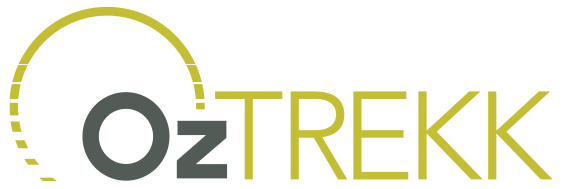



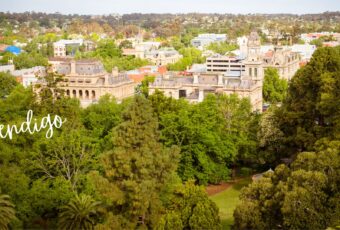



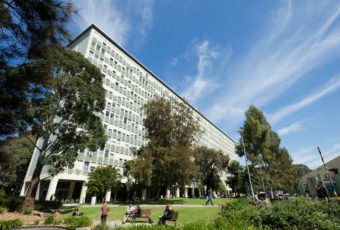



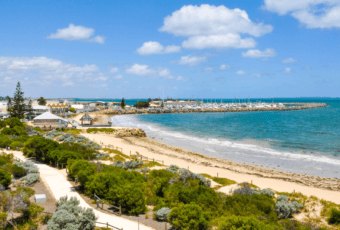





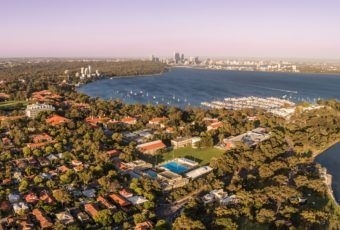







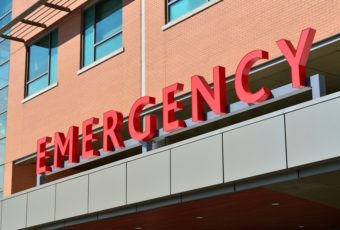




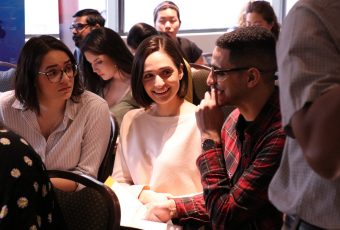

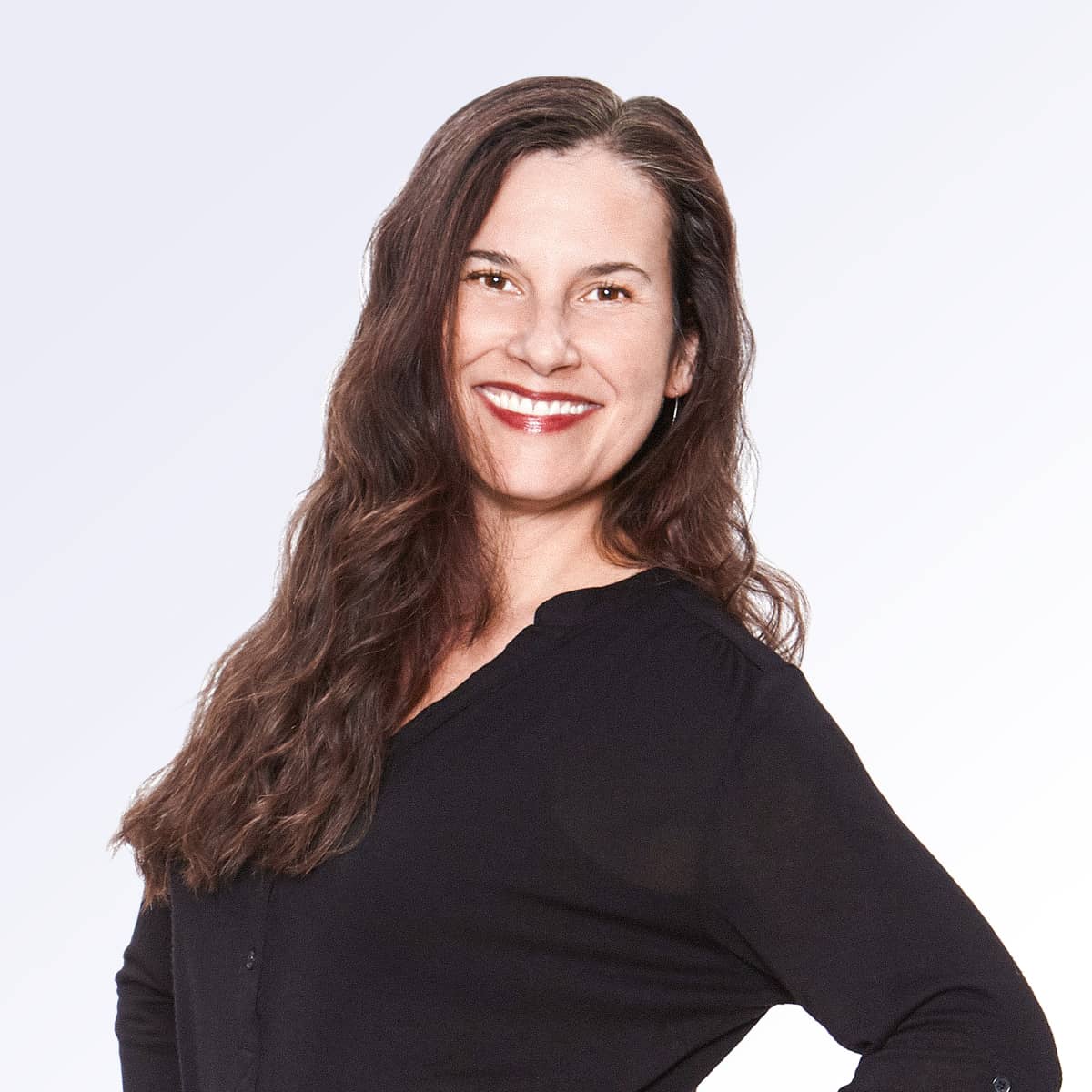
Ask A Question
Ask us about your program of interest, or if you have a question about our services.
CONTACT US TODAY